Strength reduction method for safety coefficient of heave-resistant stability of asymmetrically-loaded excavations in soft soil areas
-
摘要: 针对偏压工况下软土地区基坑开挖的坑底隆起问题,建立了二维有限元强度折减分析模型。对偏压范围、偏压距离以及偏压荷载大小对抗隆起稳定安全系数的影响进行了数值模拟分析,同时对比了极限平衡法、极限分析法和上述数值方法在偏压工况下的抗隆起稳定安全系数。结果表明:偏压范围越大或偏压距离越小,基坑抗隆起稳定安全系数越小;不同深宽比下的基坑抗隆起稳定安全系数均随偏压荷载大小增加而线性减小;Terzaghi极限平衡法和极限分析法均高估了偏压基坑的抗隆起稳定性,偏危险;Bjerrum&Eide极限平衡法和基于Prandtl机构的规范法低估了偏压基坑的抗隆起稳定性,偏保守。Abstract: A two-dimensional finite element model incorporating the strength reduction method is established to study the base heave problem encountered in asymmetrically-loaded excavations in soft soils. The parametric studies are conducted to investigate the influences of distribution range, distance from the bracing structures and amplitude of the asymmetric loading on the base-heave resistance factor. Meanwhile, comparisons are made among the above numerical results, the limit equilibrium method and the limit analysis method. The analysis results show that the heave-resistance factor decreases when the distribution range of the asymmetric loading increases or the distance between the asymmetric loading and the bracing structures decreases. The base-heave resistance factors of excavations with different depth/width ratios all show a linear decrease with the increasing amplitude of asymmetric loading. Compared to the strength reduction method, both the Terzaghi limit equilibrium method and the limit analysis method overestimate the base-heave resistance factor of an asymmetrically-loaded excavation, while both the Bjerrum & Eide limit equilibrium method and the code method (based on Prandtl mode) are conservative since they underestimate the factor.
-
[1] H FAHEEM H, CAI F, UGAI K, et al. Two-dimensional base stability of excavations in soft soils using FEM[J].Computers and Geotechnics, 2003, 30(2): 141-163. [2] 李忠超, 陈仁朋, 陈云敏, 等. 软黏土中某内支撑式深基坑稳定性安全系数分析[J]. 岩土工程学报, 2015, 37(5): 669-775.
(LI Zhong-chao, CHEN Ren-peng, CHEN Yun-min, et al.Factor of safety of a braced deep excavation in soft clay[J]. Chinese Journal of Geotechnical Engineering, 2015, 37(5): 669-775. (in Chinese))[3] 胡安峰, 陈博浪, 应宏伟. 土体本构模型对强度折减法分析基坑整体稳定性的影响[J]. 岩土力学, 2011, 32(2): 592-597.
(HU An-feng, CHEN Bo-lang, YING Hong-wei.Influences of constitutive models on overall stability analysis of deep excavations using strength reduction method[J]. Rock and Soil Mechanics, 2011, 32(2): 592-597. (in Chinese))[4] DO T N, OU C Y, LIM A.Evaluation of factors of safety against basal heave for deep excavations in soft clay using the finite element method[J]. Journal of Geotechnical and Geoenvironmental Engineering, 2013, 139(12): 2125-2135. [5] 徐中华, 王卫东. 敏感环境下基坑数值分析中土体本构模型的选择[J]. 岩土力学, 2010, 31(1): 258-264.
(XU Zhong-hua, WANG Wei-dong.Selection of soil constitutive models for numerical analysis of deep excavations in close proximity to sensitive properties[J]. Rock and Soil Mechanics, 2010, 31(1): 258-264. (in Chinese))[6] 宋广, 宋二祥. 基坑开挖数值模拟中土体本构模型的选取[J]. 工程力学, 2014, 31(5): 86-94.
(SONG Guang, SONG Er-xiang.Selection of soil constitutive models for numerical simulation of foundation pit excavation[J]. Engineering Mechanics, 2014, 31(5): 86-94. (in Chinese)) -
期刊类型引用(33)
1. 刘富成,陈彦丽. 大型深基坑工程可靠性及施工变形特征分析. 砖瓦. 2025(02): 152-154+158 .  百度学术
百度学术
2. 韩苗苗. 不同开挖与支护方式下隧道洞口深基坑仰坡水平位移变形规律研究. 四川水泥. 2024(01): 233-235 .  百度学术
百度学术
3. 何润洲,罗胜亮,杨忠平,谢惠珍. 深厚淤泥土深大基坑群同步开挖对紧邻建筑的影响. 地下空间与工程学报. 2024(02): 577-586 .  百度学术
百度学术
4. 王安东,张学钢,宁波. 基于数据分解重构和AM-CRU-MLR模型的基坑变形研究与应用. 粉煤灰综合利用. 2024(05): 65-70 .  百度学术
百度学术
5. 诸颖,任向东,张健,姚瑶. 软土地区锁扣型钢地下连续墙适用性研究. 工程建设与设计. 2024(23): 36-38 .  百度学术
百度学术
6. 李小军. 地下隧道深基坑仰坡开挖与支护数值模拟及安全性分析. 安全与环境学报. 2023(03): 812-818 .  百度学术
百度学术
7. 王棣,田大浪. 含裂隙岩质深基坑桩锚支护结构变形特征研究. 岩土工程技术. 2023(02): 238-246 .  百度学术
百度学术
8. 高亚鹏,赵文辉,魏锜,杨有海. 某高速铁路明挖隧道黄土深基坑变形规律分析. 兰州工业学院学报. 2023(02): 60-65 .  百度学术
百度学术
9. 严长江,李旺,张子辰. 某黄土深基坑开挖变形预测分析. 低温建筑技术. 2023(03): 101-104 .  百度学术
百度学术
10. 梁二雷,王冰辉,郑功博,吴静. 临河倾斜互层下深基坑变形及渗流数值分析. 工业建筑. 2023(03): 188-196 .  百度学术
百度学术
11. 赵军,胡聪伟,刘飞. 桩锚支护土岩深基坑地表沉降特征分析. 低温建筑技术. 2023(08): 142-145 .  百度学术
百度学术
12. 曹卫平,席茂阳,赵呈,赵敏. 局部破坏对内撑式排桩支护基坑影响的模型试验. 水资源与水工程学报. 2023(05): 190-197 .  百度学术
百度学术
13. 王钰轲,付宏松,马露. 行车荷载与基坑开挖对新建及既有基坑坑底和地连墙的影响研究. 三峡大学学报(自然科学版). 2022(02): 77-82 .  百度学术
百度学术
14. 王贺. 城市双线隧道车站施工工艺优化及稳定性研究. 价值工程. 2022(17): 77-79 .  百度学术
百度学术
15. 王贺. 城市地铁高架车站BIM建模及可视化研究. 建筑技术开发. 2022(15): 118-120 .  百度学术
百度学术
16. 程学昌. 高孔隙水压地层基坑降水开挖施工技术研究. 山西建筑. 2021(01): 68-69+74 .  百度学术
百度学术
17. 罗智勇,宋林波,丁增志,成启航,王海伦. 复杂地铁车站深基坑体系的变形分析. 四川建筑. 2021(01): 99-101 .  百度学术
百度学术
18. 李又云,杨立新,刘伟,王欢,贺隆贵,李昊阳. 悬挂式止水帷幕深基坑分级降水开挖变形特性. 科学技术与工程. 2021(05): 1995-2001 .  百度学术
百度学术
19. 孔令华,胡军然,牛文宣,于洋,楚袁庆. 邻近老旧房屋狭长深基坑开挖施工数值模拟及周边环境影响性分析. 建筑结构. 2021(S1): 1945-1951 .  百度学术
百度学术
20. 苏继超,武俊琦,李媛. 基于青岛上软下硬地层地铁地下连续墙深基坑的变形特征研究. 工程与建设. 2021(03): 506-508 .  百度学术
百度学术
21. 赵得杰,毕经东,李浩. 基于ARIMA模型的基坑变形预测研究. 粉煤灰综合利用. 2021(05): 40-45 .  百度学术
百度学术
22. 陈世凯,李坤杰,闫洪江,严涛,王二力,罗成勇,刘大刚. 超大埋深基坑降水开挖结构安全性分析及对地表沉降影响. 路基工程. 2020(02): 53-57 .  百度学术
百度学术
23. 孙小力,孙铁成,张旭,高晓静,刘灿灿. 地铁基坑开挖数值模拟及变形特征研究. 施工技术. 2020(07): 41-44+53 .  百度学术
百度学术
24. 谭伟. 基于AutoMos自动化监测系统在地铁工程中的应用与研究. 土木建筑工程信息技术. 2020(02): 28-36 .  百度学术
百度学术
25. 谭伟. 临近边坡地铁基坑开挖数值模拟研究. 土工基础. 2020(02): 176-180 .  百度学术
百度学术
26. 丁猛. 密集建筑老城区地铁车站基坑开挖技术. 四川建筑. 2020(02): 67-69 .  百度学术
百度学术
27. 蒙国往,农忠建,吴波,黄劲松,韦汉. 地铁车站深基坑开挖变形及数值模拟分析. 中国安全生产科学技术. 2020(07): 145-151 .  百度学术
百度学术
28. 王晓静,李立云,杜修力,王子英. 削桩施作诱发基坑本体力学响应数值分析. 防灾科技学院学报. 2020(03): 10-17 .  百度学术
百度学术
29. 赵宏宇,高春雷,许利东,童根树,张磊. 采用预应力型钢组合支撑的某软土深基坑监测分析研究. 工程勘察. 2020(11): 7-12 .  百度学术
百度学术
30. 吕彦朋,朱宏光,张新冈,刘智军. 铁路数据中心建筑基坑支护关键技术及监测分析. 铁道建筑. 2019(05): 112-116 .  百度学术
百度学术
31. 方焘,舒新亮,王海龙,石钰锋. 半刚性半盖挖体系临界施工荷载研究. 兰州交通大学学报. 2019(02): 1-8 .  百度学术
百度学术
32. 尹鸿达,罗正东,李检保,黄河,袁朝阳,吴鹏. 富水砂砾石地层基坑开挖超孔压变化规律研究. 市政技术. 2019(05): 246-249 .  百度学术
百度学术
33. 刘志刚. 软土地区地铁深基坑监测分析及控制措施研究. 公路. 2019(10): 239-244 .  百度学术
百度学术
其他类型引用(39)



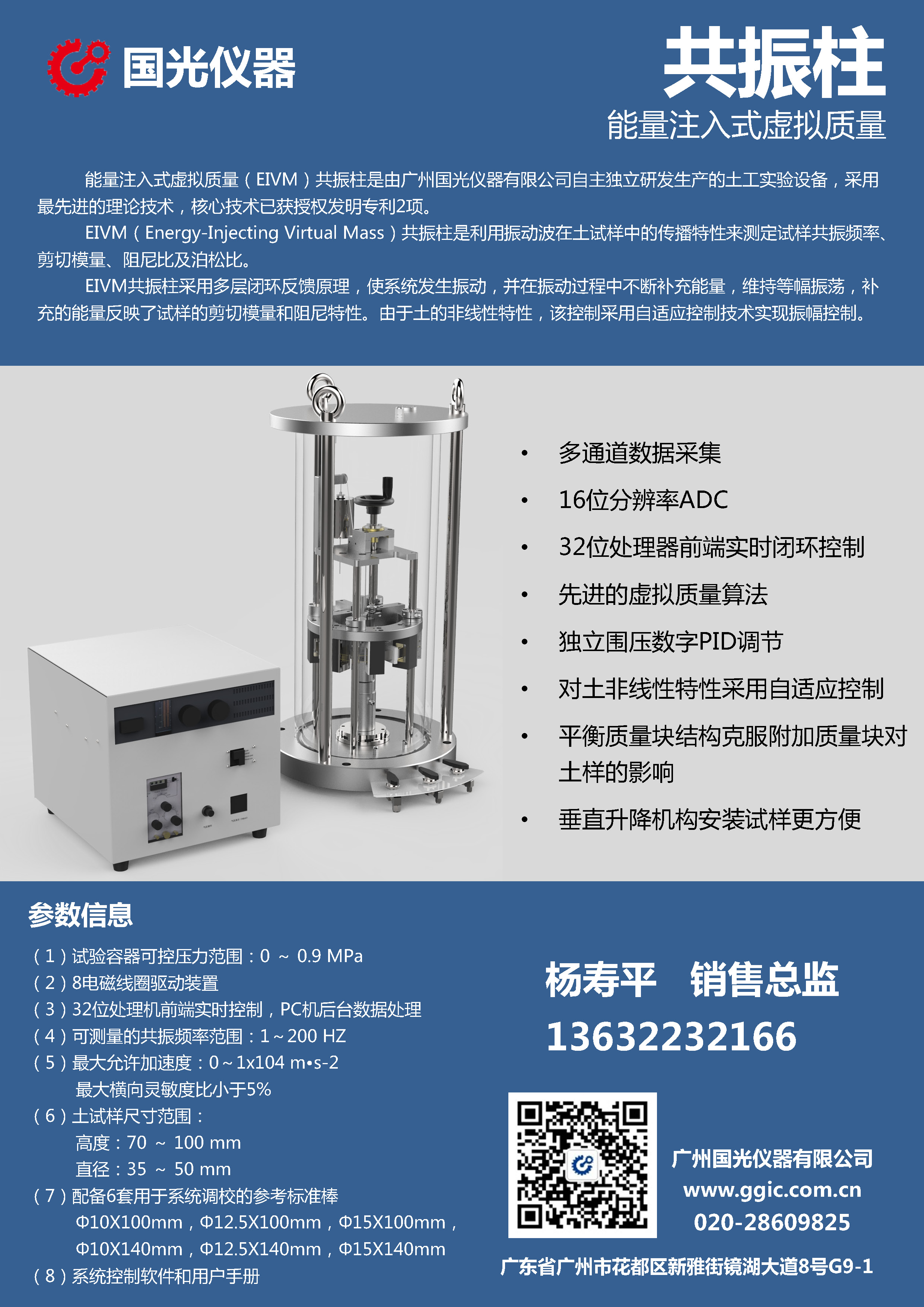
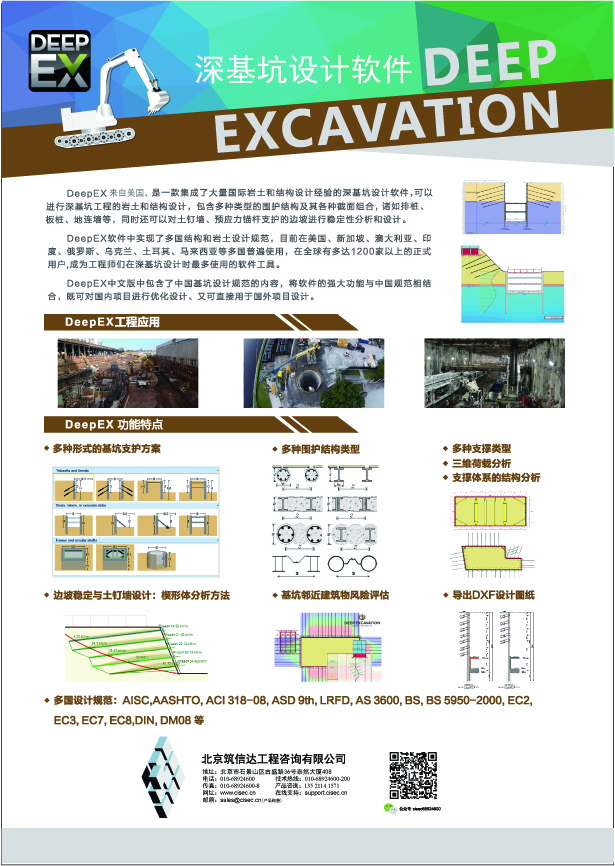
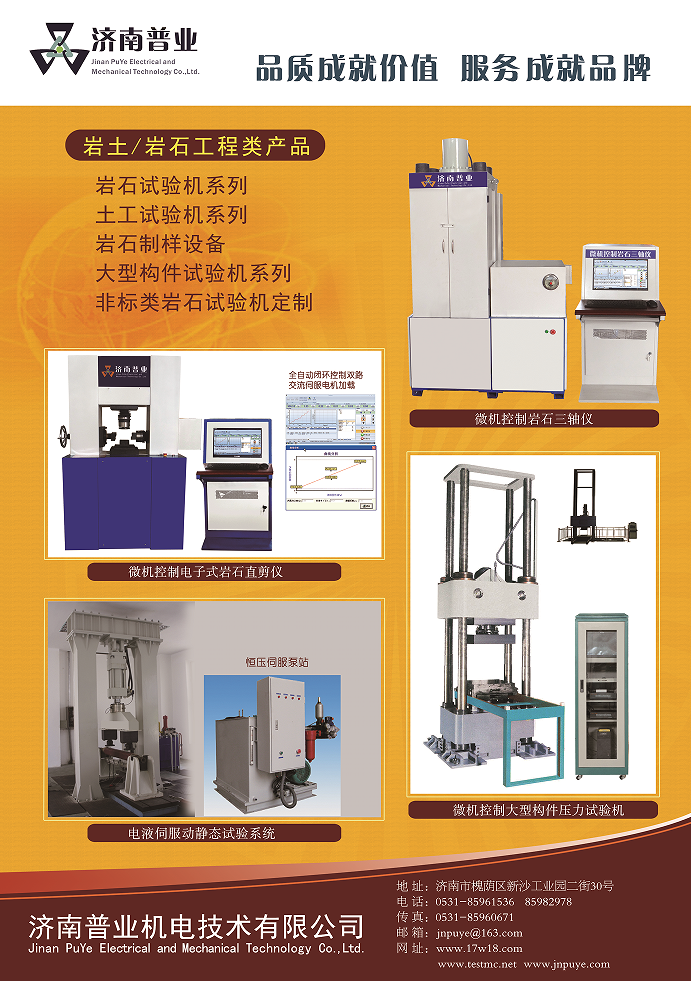
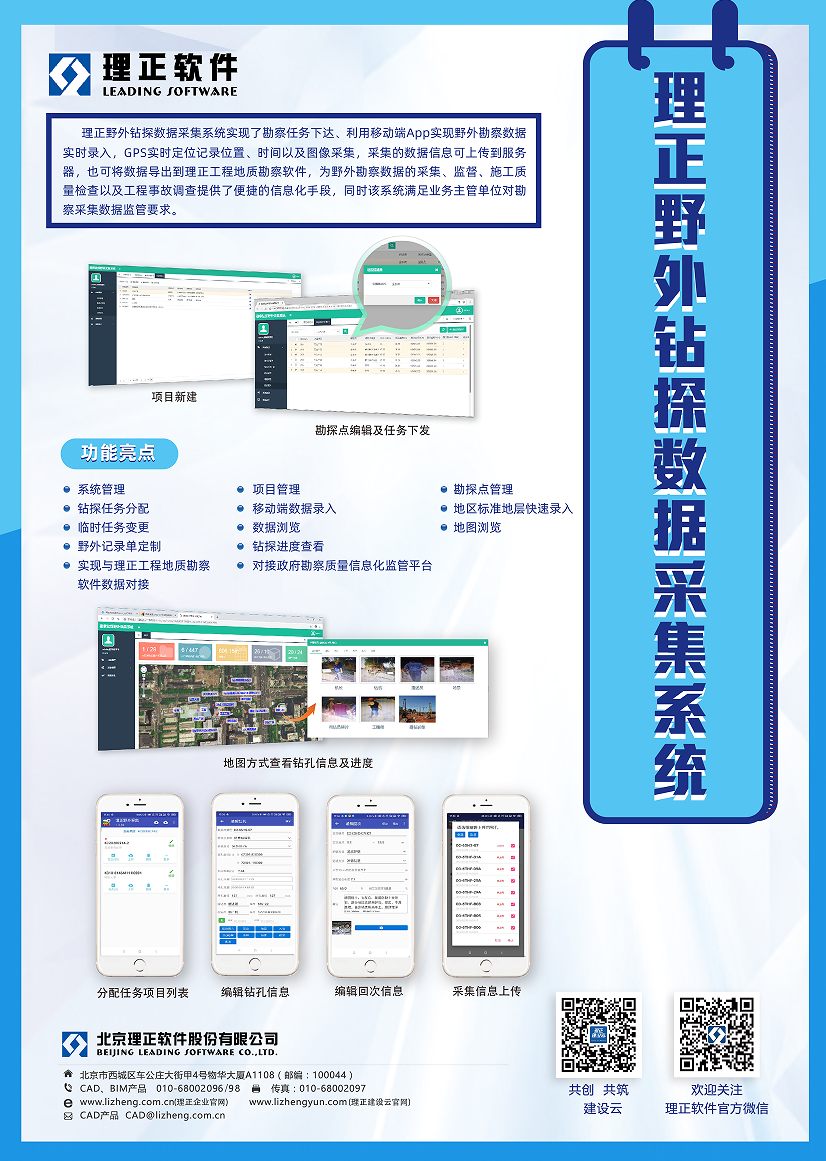
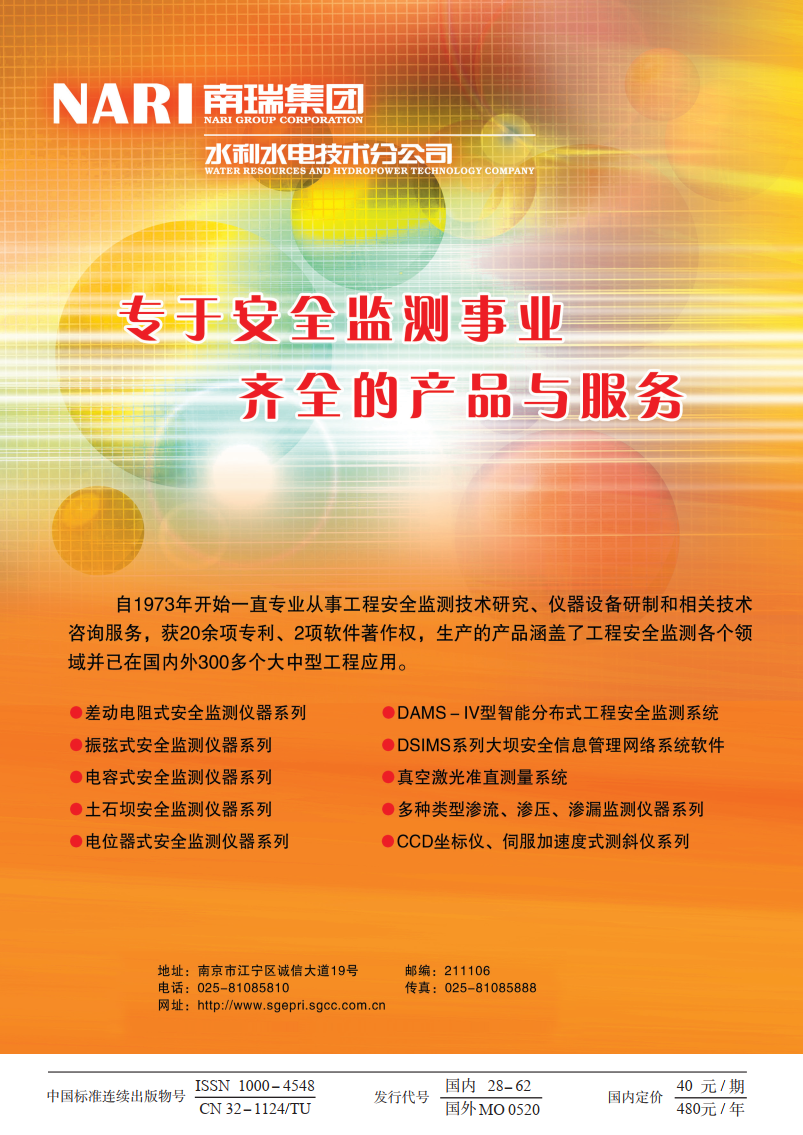
 下载:
下载:
